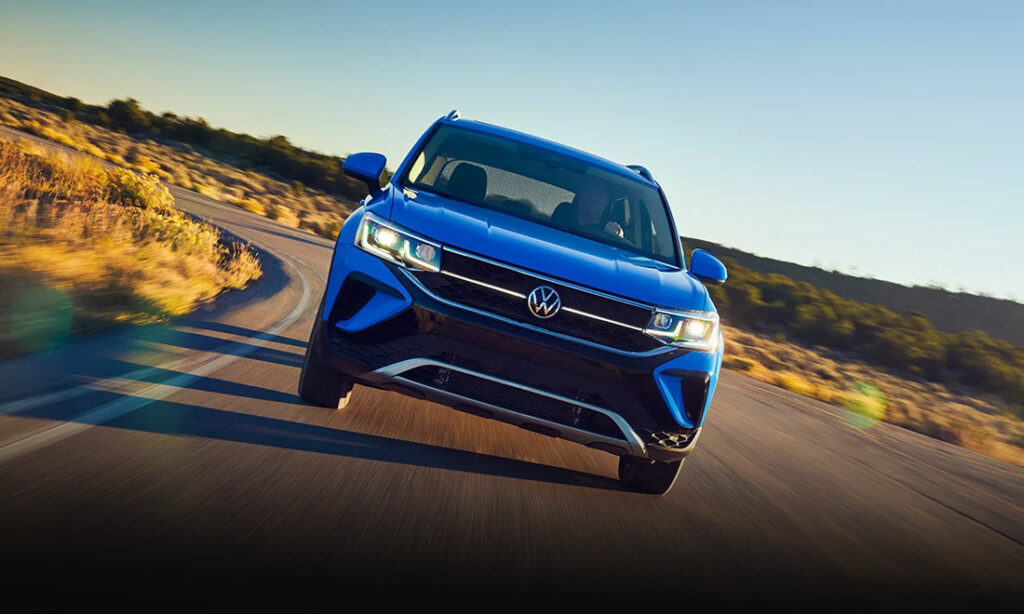Retro Review: Volvo 240
The boxy, unassuming Volvo 240 made its name on safety and durability, and in the process made being quietly great a powerful statement.
The Sum of Its Parts
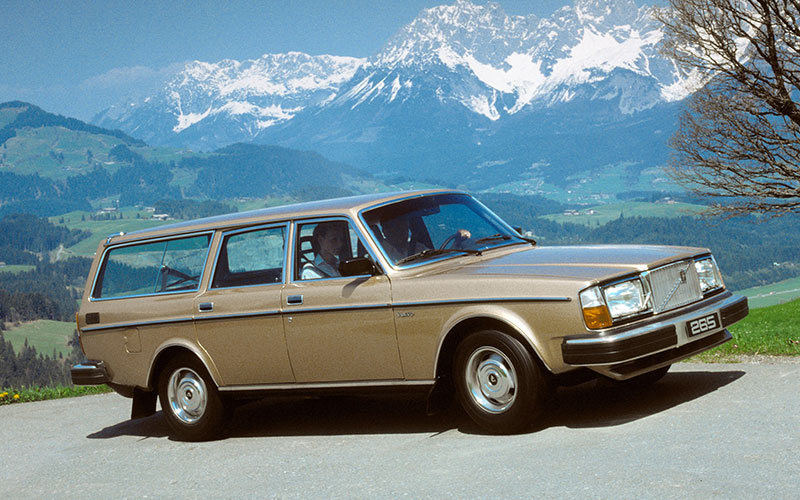
Volvo 265 GL Wagon – media.volvocars.com | Shop Volvo 240 on Carsforsale.com
ABBA, IKEA, meatballs, the Volvo 240. These are Sweden’s greatest exports, ABBA notwithstanding. In truth, the boxy, non-descript Volvo 240 doesn’t have the look of a best-seller. But you can begin to understand how the 240 lasted nearly two decades in production and sold over 2.8 million units when you consider the following.
The Volvo 240 has been the go-to for filmmakers when they need a ride for the tweed-wearing frazzled-yet-lovable professor. And why does said cinematic stereotype drive a Volvo 240? Because it lasts. Our fictional professor values practicality, durability, and enduring quality; be that in literature, archaeological artifacts, or the European station wagon in his driveway. That and he’s broke, and he inherited the Volvo 240 from his dad. A car which he’s dutifully fixed and maintained low these many decades.
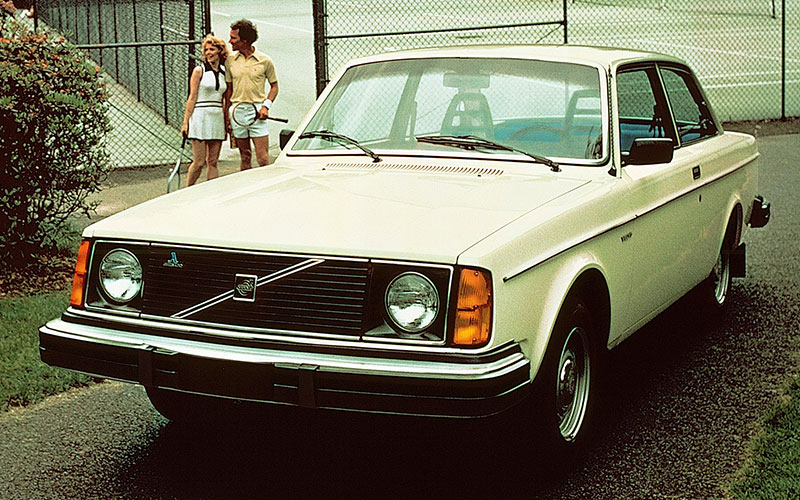
In many ways, Volvo blazed the trail for brands like Toyota and Subaru by emphasizing things like safety and reliability long before they were fashionable, and with the 240 as the exemplar.
Safety First Strategy
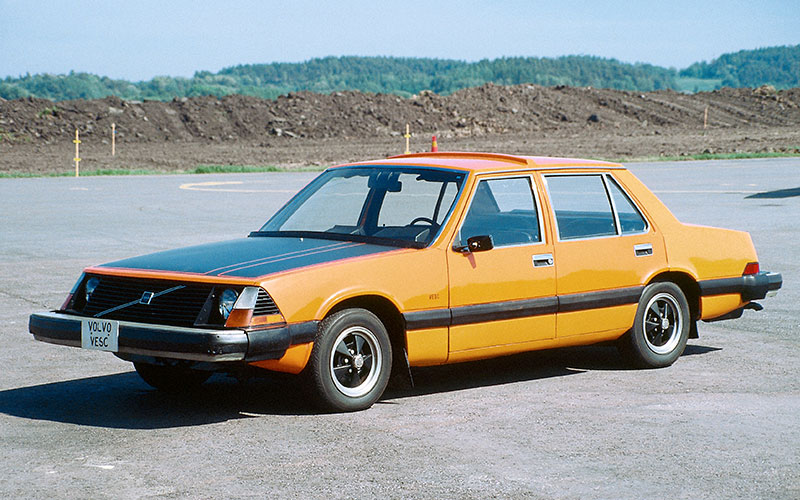
As you may be aware, cars in the mid-1970s and on back weren’t particularly safe. In an age when most automakers still needed the arm-twisting of government regulation to adopt better safety standards, Volvo was at the vanguard of automotive safety design.
In 1972, Volvo unveiled their Volvo Experimental Safety Car (VESC) as a showcase for their innovative safety engineering. The VESC had extra-large, pedestrian-safe bumpers, crumple zones front and rear, engine mounts that sent the drivetrain under the passenger compartment in a front collision, and even a rearview camera system among its many forward-looking features.
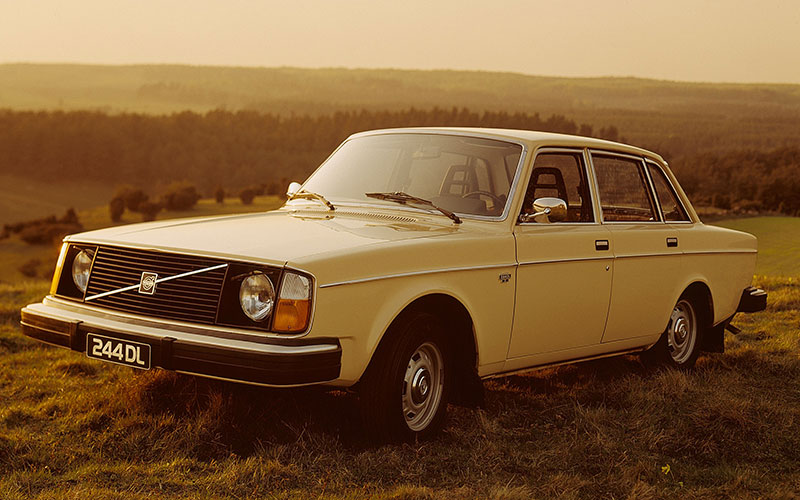
As a successor to their 140 model, Volvo debuted their new 240 model in 1974 (starting as 1975 models in the US and Canada). The 240 borrowed heavily from the 140’s boxy design language as well as that of the VESC prototype. It also incorporated many of the VESC’s safety features and even added a few extra, like those signature lattice headrests that allowed for greater rearward visibility as well as reducing whiplash.
The Volvo 240 was so safe that it was actually called the safest car in the world by some US regulators. The National Highway Traffic Safety Administration (NHTSA) was so impressed they bought over a dozen to use as the literal industry standard for safety.
The Virtues of Simplicity
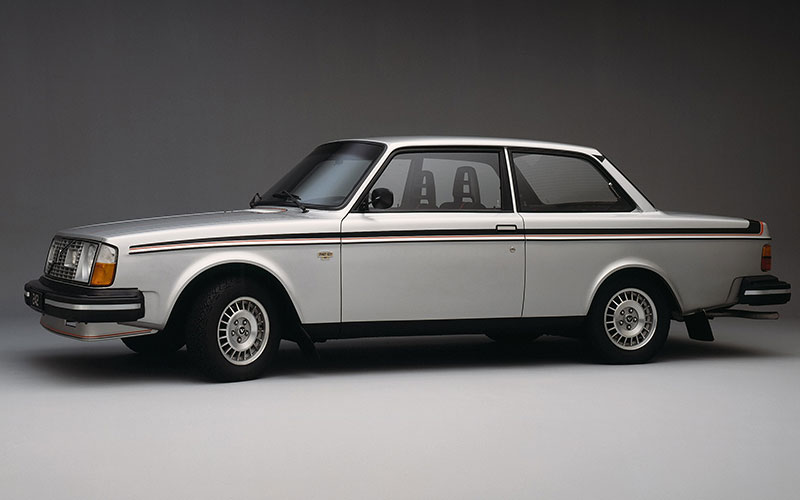
Mechanically, the Volvo 240’s greatest strengths is its simplicity. It came in three body styles, a basic sedan, the wagon it’s most associated with, and a coupe, which was discontinued after 1983. Rear-wheel drive was standard across the board, as were disc brakes.
In the US, the 240 ran either a 1.8L, 2.1L or, starting in 1986, a 2.3L inline-four, all known as “red blocks” for their distinctive coloration. Unlike in other markets, the US versions featured fuel-injection. Over the years, the 240 would also offer diesels (a straight-five and a straight-six) and V6s. The Volvo 260 was powered by a 90° V6 jointly developed by Peugeot, Renault, and Volvo, which also happens to be the engine sourced by DeLorean for the DMC-12.

In 1981, Volvo gave the 240 a turbocharged version, the 240 GLT. This upped the 240s output to a rip-roaring 127 horsepower! Not enough, you cry. Well, Volvo agreed and graced us with the Turbo Evolution which pushed things all the way to 160 horsepower! Obviously, the 240 wasn’t a performance car, and never pretended to be (until it did, more on that in a moment).
These simple, over-engineered workhorse engines benefitted from their lack of power. Less power meant less stress over time. The legendary durability of the 240 likely owes a lot to the way the cars were driven, sedately. Their longevity led to a high-mileage club. The bar for entry was 100,000 on the odometer, with badges for every 50K increment. Like the Mercedes diesels of yore, there are not a few Volvo 240s having surpassed the million-mile mark.
Volvo 240 Racing History
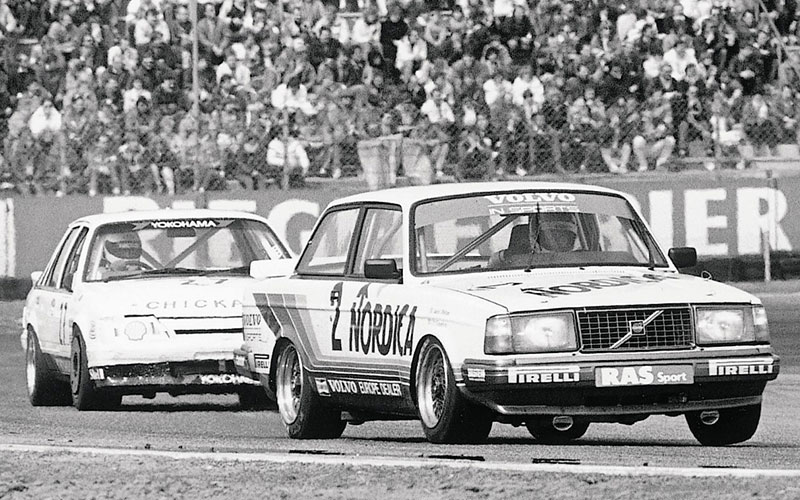
Though the Volvo 240 you see on the street isn’t anything close to fast, even in turbocharged form, Volvo did in fact make a few that took advantage of the 240’s light weight and capable suspension. In accordance with FIA rules, Volvo embarked on homologating the 240 for the Group A touring class. Homologation rules stipulated that the company would need to build 500 road-going versions of their race car. To meet this requirement, Volvo shipped 500 240s to the US, along with turbochargers and other racing bits, for assembly.
Five hundred “flathood” 240s were assembled and signed off on by the FIA. One example was shipped back over to Europe for competition there. The other 499 were de-tuned, aside from keeping their intercoolers and flat hoods and sold as part of the 1983 model year. The FIA wasn’t pleased, but while Volvo may have violated the spirit of the rules, those rules only required the cars be built, not sold.
Volvo 240s would go on to win at the European Touring Car Championship and the German DTM.
Why All the Love?
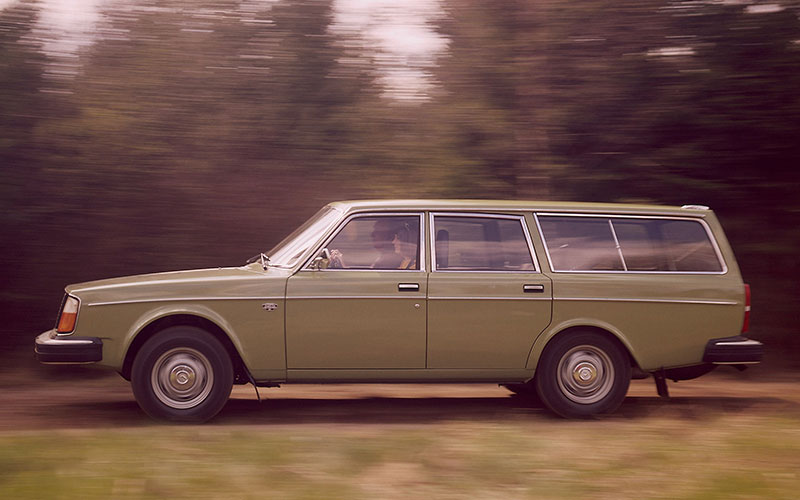
The Volvo 240 has a particular set of charms. It’s not flashy nor fast. Instead, it’s endearing because of its dependability and practicality. It’s perfectly suited to the vicissitudes of modern motoring: the long commute, the cross-country road trip, tough enough for the cold wintery climes and just chic enough for the Pacific Coast Highway at sunset.
The Volvo 240, with over 2.8 million units sold between 1974 and 1993, proved far more popular and enduring than even Volvo could have anticipated. The car even outlasted its replacement the Volvo 700, which actually ended production a year before the last 240s came off the line.
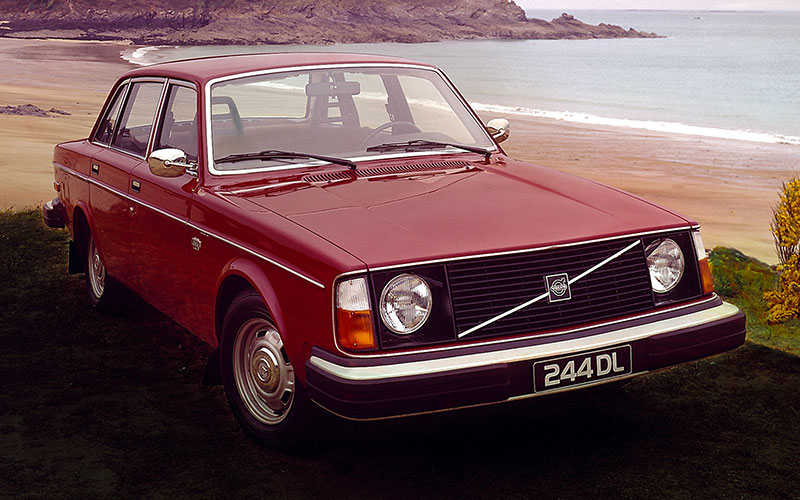
Volvo 244 – media.volvocars.com | Shop Volvo 240 on Carsforsale.com
In the Volvo 240 we can see the triumph of automotive practicality. Because sometimes the simple, well-built tool that lasts you decades is about as good as it gets. Almost ABBA-level good.


